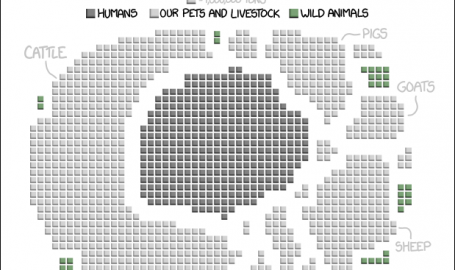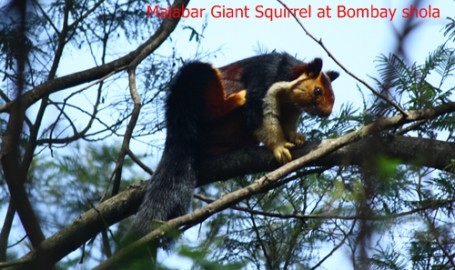We’re living in epochal times – the last 11,700 years, known as the Holocene have been really good for humans, who grew from a population of 1 billion in early 1800s to more than 7 billion at present. The present epoch, known as the Anthropecene highlights humanity’s growth and subjugation of all land-based life. The present rate of species extinction is estimated to be 100 to 1000 times the normal background rate.
Via: In the report, “Scientific Consensus on Maintaining Humanity’s Life Support Systems in the 21st Century-Information for Policy Makers,” a group of 520 scientists worldwide has identified five major, interconnected threats that civilization poses to the Earth’s life support systems, climate change being but one of them. Excerpting from the report’s summary, these global threats are:
• Climate disruption — more, faster climate change than since humans first became a species;
• Extinction — not since the dinosaurs went extinct have so many species and populations died out so fast;
• Loss of diverse ecosystems — we have plowed, paved or otherwise transformed more than 40 percent of Earth’s ice-free land;
• Pollution — environmental contaminants in the air, water and land are at record levels and increasing, seriously harming people and wildlife in unforeseen ways.
• Population growth and growing material consumption patterns — 7 billion people alive today will likely grow to 9.5 billion by 2050 — will increase pressures on the natural world.
The ecologists at PHCC have been addressing a good number of these threats – being at the forefront of pollution-related awareness campaigns, mapping and preserving all the diverse ecosystems found in the Palni hills.



